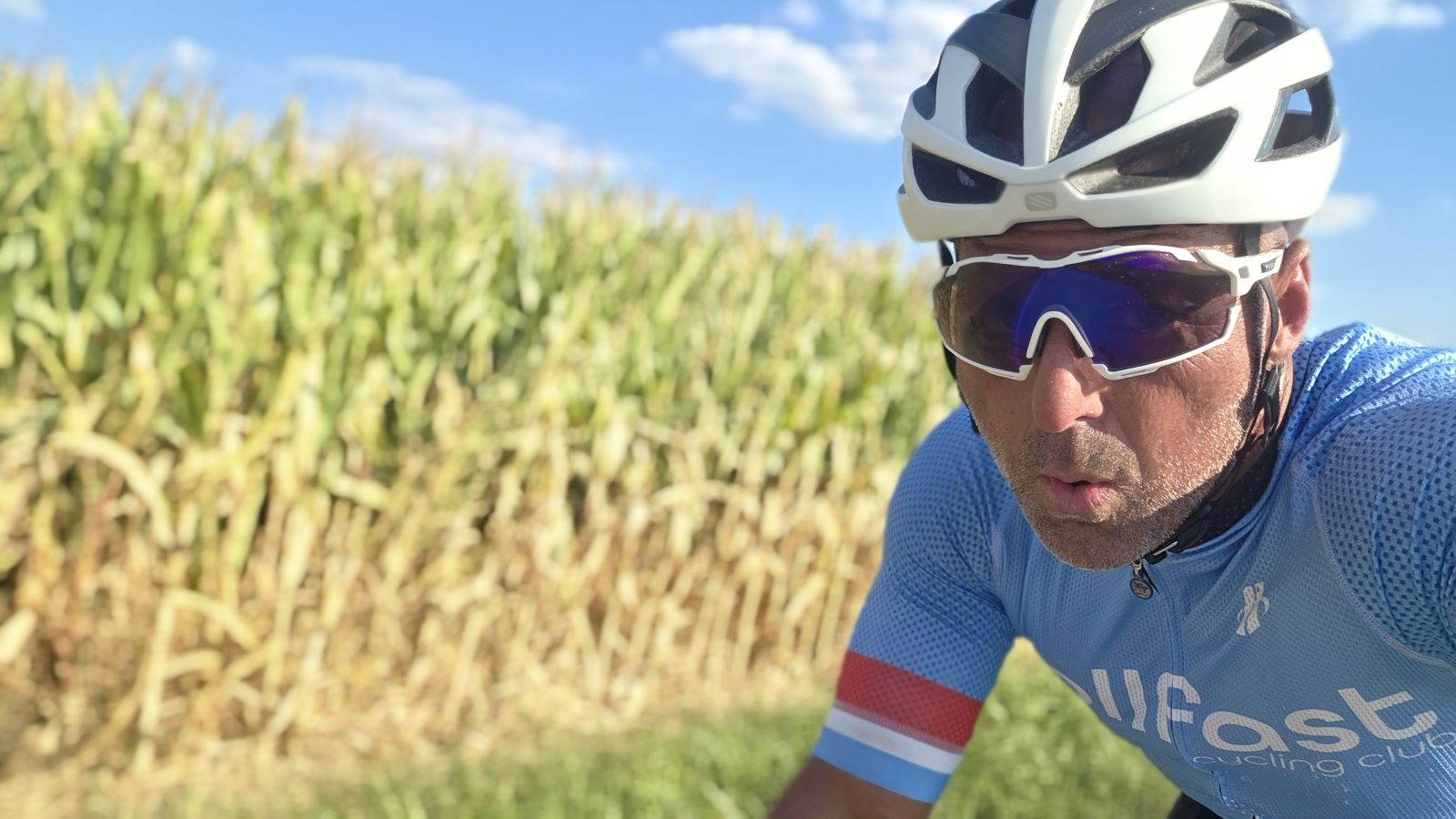The Science Behind the Shakeout: Why Your Reboot Week Is More Than Just an “Easy Ride”
As a cyclist, you’ve been there: a week of high stress, a major event, vacation, sickness, injury, or a personal challenge puts your training on pause. When it’s time to get back in the saddle, the instinct is to just jump right back into your planned workouts—or worse, a fast group ride—to make up for lost time.
But as I recently experienced myself, this approach can be a recipe for disaster. Last week was a perfect storm of physical and personal stress: working in the Amplify cycle of our training, running a massive city event, and then helping a friend move. After four days off the bike, my Tuesday VO₂ Max workout felt daunting. The thought of “ripping it” with a fully taxed system was a non-starter.
Instead, I opted for our System Reboot workout. It was a 90-minute ride that felt terrible at times, but as I finished, I felt the cobwebs shake loose. The next day, I was able to complete my full two-hour workout and felt amazing.
This isn’t magic. It’s the science of how we build and rebuild fitness.
The Body’s Response to Stress & Rest
When you take time off the bike, your body doesn’t just lose fitness; it experiences a physiological reset. Your neuromuscular pathways—the communication lines between your brain and your muscles—become less active. Your aerobic system downshifts. This is all compounded by life stress, which elevates cortisol and impacts recovery.
Simply jumping back in with high-intensity work can cause an overload, leading to poor workout execution, increased injury risk, and prolonged fatigue. The System Reboot is our strategic solution to this challenge.
How the System Reboot Works: A Gentle Relaunch
Our method is a gradual, five-day process designed to gently re-engage your entire system.
- Day 1: Re-Activation: This initial workout is all about neuromuscular activation. We focus on high-cadence intervals to re-establish the fundamental mind-body connection, and low-cadence work to begin firing up key muscle groups. This feels less about power and more about reconnecting with your pedal stroke.
- Day 2: Re-establishing Efficiency: The focus shifts to kinesthetic awareness. We use seated and standing transitions to re-engage your core and glutes, building positional efficiency without the fatigue of high-intensity work. This workout also serves to begin opening up your Tempo+ zones, preparing your body for the next progression.
- Day 3: Cohesion & Control: We integrate the work of the previous days. This session is designed to combine your medium-intensity zones into sustained efforts at specific cadences, testing your ability to maintain control and precision. The goal is to leave this workout feeling confident and efficient.
- Day 4: Threshold Activation: The final piece of the puzzle is to reactivate your Threshold zones, a critical building block of your macrocycle. We perform short, effective drills that specifically target your Tempo+ and Threshold zones, preparing your body for the upcoming microcycle without overtaxing your system.
- Day 5: Execution: This is the concluding workout. It uses short, standing efforts in your Threshold zone to lock in your gains. The focus is on a clear separation between your effort levels, ensuring your body is fully re-activated and your zones are ready to perform at a high level.
The Rollfast Difference
The System Reboot is a core example of our coaching philosophy in action. It’s not about making up for lost time; it’s about training smarter to ensure your body is truly ready to progress.
By strategically easing your body back into training, you get to skip the physical and mental debt that comes with an immediate, high-stress return. As I discovered firsthand, a single strategic workout can be the difference between a frustrating return and a powerful, confidence-building comeback.



